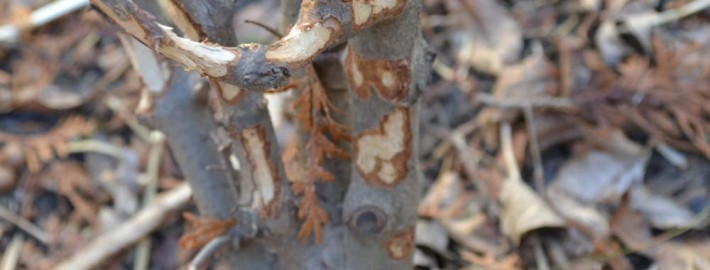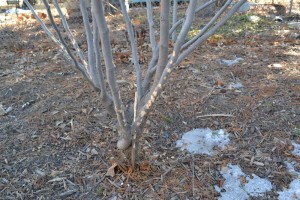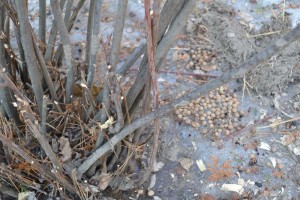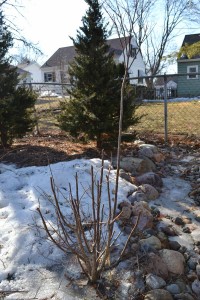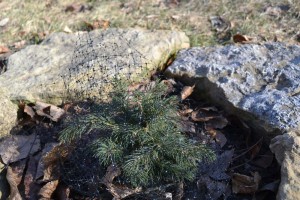Winter Rabbit Damage
Nothing can be more frustrating than winter damage on plants caused by wildlife. Rabbits, in particular, can cause major damage in the winter, especially to thinner, more tender shrubs. More established plants, such as this Bridal Wreath Spirea and Eastern Redbud, will be able to recover from the winter grazing and naturally heal over their wounds.
This winter has resulted in a higher amount of rabbit damage than normal. The weather was colder and produced more snow than typical winters, where rabbits and other wildlife had a more difficult time finding food. Because of their desperation, you may see damage to shrubs or other plants you’ve never noticed before. This spring, keep an eye on plants that experienced rabbit damage. You may be surprised to find that many will naturally recover, possibly even thrive from a “natural pruning”, while others may be beyond reasonable repair.
When assessing rabbit damage, consider selective pruning as an alternative. Seen on the photo to the left, this young Buttonbush had almost all its stems bit off, leaving only one older stem. For a more attractive, healthy plant, prune the nubs left by the rabbits by pruning the stem down to the next bud, remove odd looking stems (such as the one older stem), then allow spring growth to emerge. Soon, this shrub will pick up where it left off, being a step behind in growth, but still in tact. Flowering may not be present this coming season, because of the extent of damage.
Once the leaves fall next Autumn, plan to protect the plants you discovered can be a favorite of the neighborhood rabbits from future winter damage. Wrapping plants with fine, black netting (also called deer netting-see photo below) is a great way to keep the plant protected from critters, while still allowing the plant to breath and receive sunlight. Make sure and secure the netting around the bottom of the plant to protect the main stem and keep the netting from becoming compromised.

